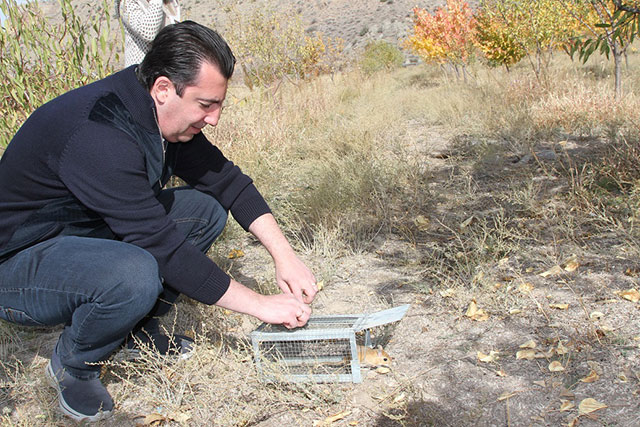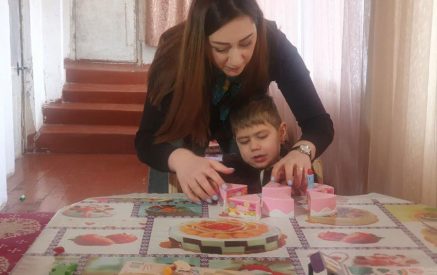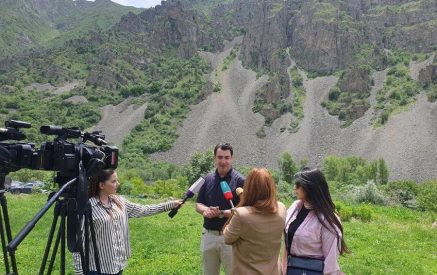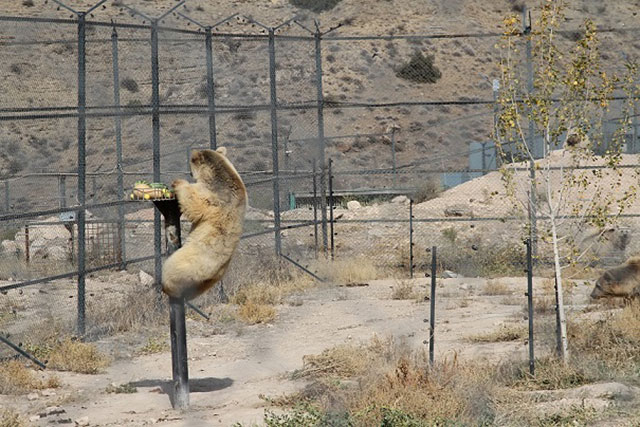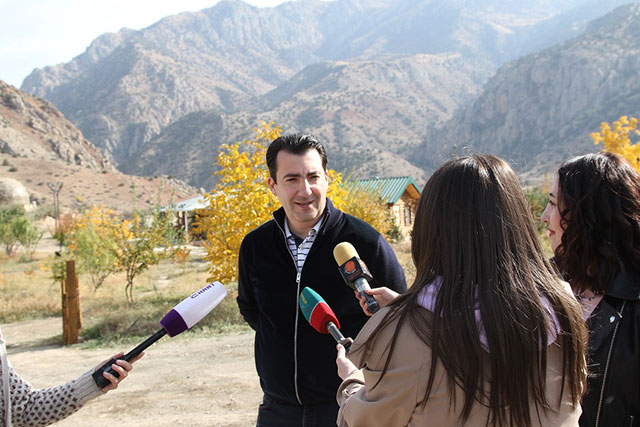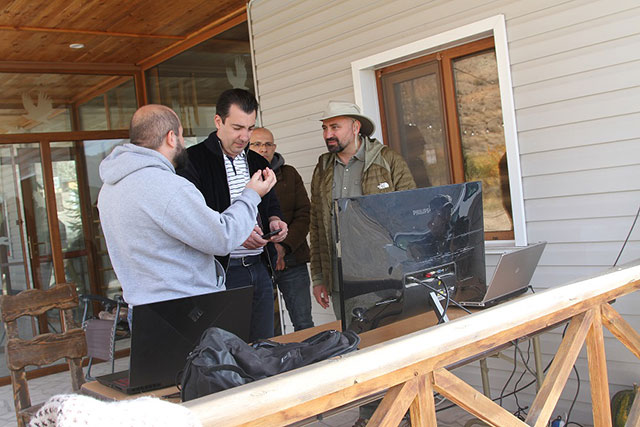Viva-MTS and the Foundation for the Preservation of Wildlife and Cultural Assets (FPWC) keep consistent solidarity in collaboration for the ecosystem conservation. Years of partnership in the framework of a number of projects have had a far-reaching success record, which was marked by another site visit to the Caucasus Wildlife Refuge (CWR) by the heads of the two organizations.
A traditional tree-planting event with the participation of young members of the FPWC’s eco-club symbolized the continual eco-educational component of the organizations’ partnership.
The other special spots visited on the site were the greenhouse, where local/endemic tree-species are grown for the reforestation, and the Wildlife Rescue Center, where over 20 rescued bears are kept for rehabilitation, and some of them – for rewilding.
CWR is the first privately protected area in the South Caucasus region. The desired result of about two years’ truly dedicated collaboration between Viva-MTS and FPWC has proved to be well deserved. What started from just 300 hectares of small but abound land, has grown into a 30,000 hectares of a protected wildlife refuge, conserving an important part of Armenia’s rich biodiversity.
Read also
Back in 2006, it was with the support of Viva-MTS that the FPWC’s eco-clubs were founded, and large-scale environmental awareness campaigns, such as the SunChild International Environmental Festival, derived from.
“Educational component in any program guarantees long-lasting success. The next generation has to get prepared to solve possible problems at all times, not when it faces them. Protection of ecosystem in the country shall be everyone’s educated choice. At the end of the day, when we speak of healthy lifestyle, we have to know that efforts shall be made to shape a proper environment for that. Viva-MTS is guided by that value system owing to the choices made by our employees and our subscribers, and their devotion,” Viva-MTS General Director Armen Avetisian said.
“Little in the today’s world could be as rewarding as the nature conservation, when you see the potential and enthusiasm of the work and its results: naturally, organically grown forests, and animals in their safe environments. The road of success has been quite a long one. I deeply appreciate Viva-MTS’s continuous contribution to our projects.
Next year, we will be celebrating FPWC’s 20th anniversary. When we came to this area with a dream to change something, this was just bare land. No trees, no means and capability to rescue the bears, to monitor wildlife or prevent poaching. It has been with а great extent of Viva-MTS’s support that we managed to come to the spot that we are currently at. We have managed to create together a local model of sustainability,” said Ruben Khachatryan, the Founder-Director of the FPWC.
The participants of the site-visit also attended an ongoing eco-club workshop and took a peek into the CWR’s latest wildlife footage from the camera traps. Camera traps are a ubiquitous tool in/for wildlife monitoring: thanks to these devices, several Caucasian Leopards and a number of other local species have been spotted by video in the area of the CWR.



















































